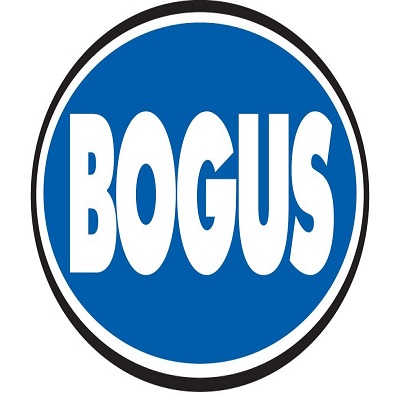Koblenz Cable Car Gets UNESCO Thumbs Up

With its recent decision, the UNESCO World Heritage Committee has confirmed that there is currently no threat to the World Heritage status of the Upper Middle Rhine Valley. The decision also sends positive signals for the preservation of the cable car in Koblenz, but also shows a need for action. Those responsible in the state and the city are satisfied with the decision as an important step towards final approval from UNESCO.
The decision called on the responsible actors to examine the location of the valley station, to develop a design for the station that was as neutral as possible and to continue to inform the World Heritage Center about the status of the project.
“The decision shows that the initiated and closely coordinated measures to develop a World Heritage-compatible continued operation of the cable car are effective, because a realization competition with an ideas section initiated by the city of Koblenz is intended to lay the World Heritage-compatible foundations for precisely the aspects mentioned,” said State Secretary Simone Schneider, representative for the world heritage in Rhineland-Palatinate.
The mayor of Koblenz, David Langner, is also working hard to preserve the Koblenz cable car. “The cable car has become an integral part of our city. World Heritage must be allowed to develop - and it can. With this decision, UNESCO is giving us the opportunity to do this and I am pleased that our efforts over the last few months and years are having an impact,” said Langner, pleased with the positive signals from UNESCO.
The state of Rhineland-Palatinate and the World Heritage Coordinator in the Federal Foreign Office are already in consultation with the World Heritage Center regarding the suggestions and requests. The state of Rhineland-Palatinate will once again make it clear that the location of the cable car was determined in 2011 in a multi-stage selection process and after a spatial planning examination of nine variants. Based on the results of the procedure carried out at the time, the state sees no basis to discuss the location issue again.
“I am convinced that with the path we have chosen we will also win UNESCO approval for the permanent operation of the cable car at its current location. The cable car also meets UNESCO's goals as a climate-friendly and barrier-free means of transport. “The competition will now show how the design of the valley station can be better aligned with the needs of the World Heritage,” says Schneider.
The UNESCO World Heritage Committee, a body made up of 21 elected representatives of the member states, met for its 45th session in Riyadh (Saudi Arabia). It is UNESCO's central body for all issues relating to UNESCO World Heritage. In this context, it also decides on the conservation status of World Heritage sites.













